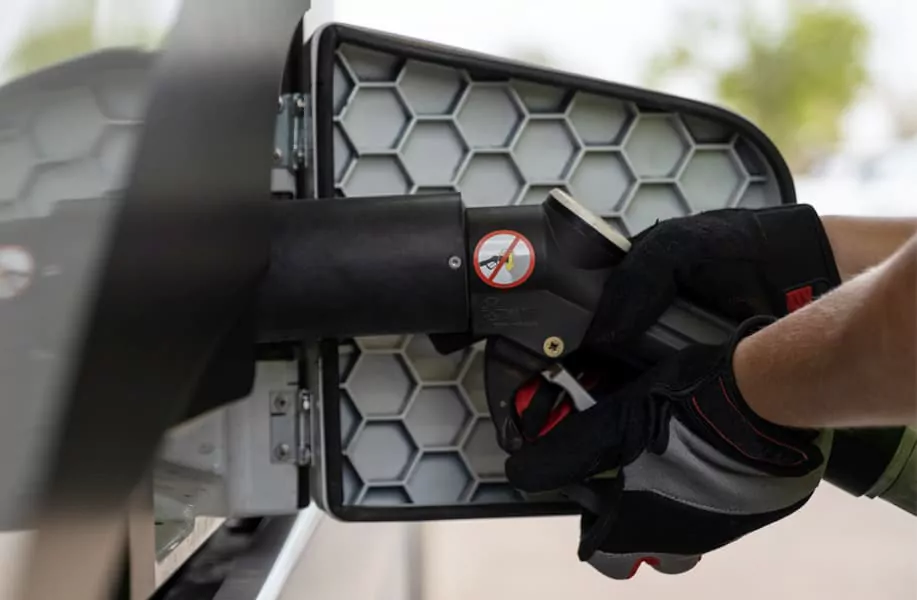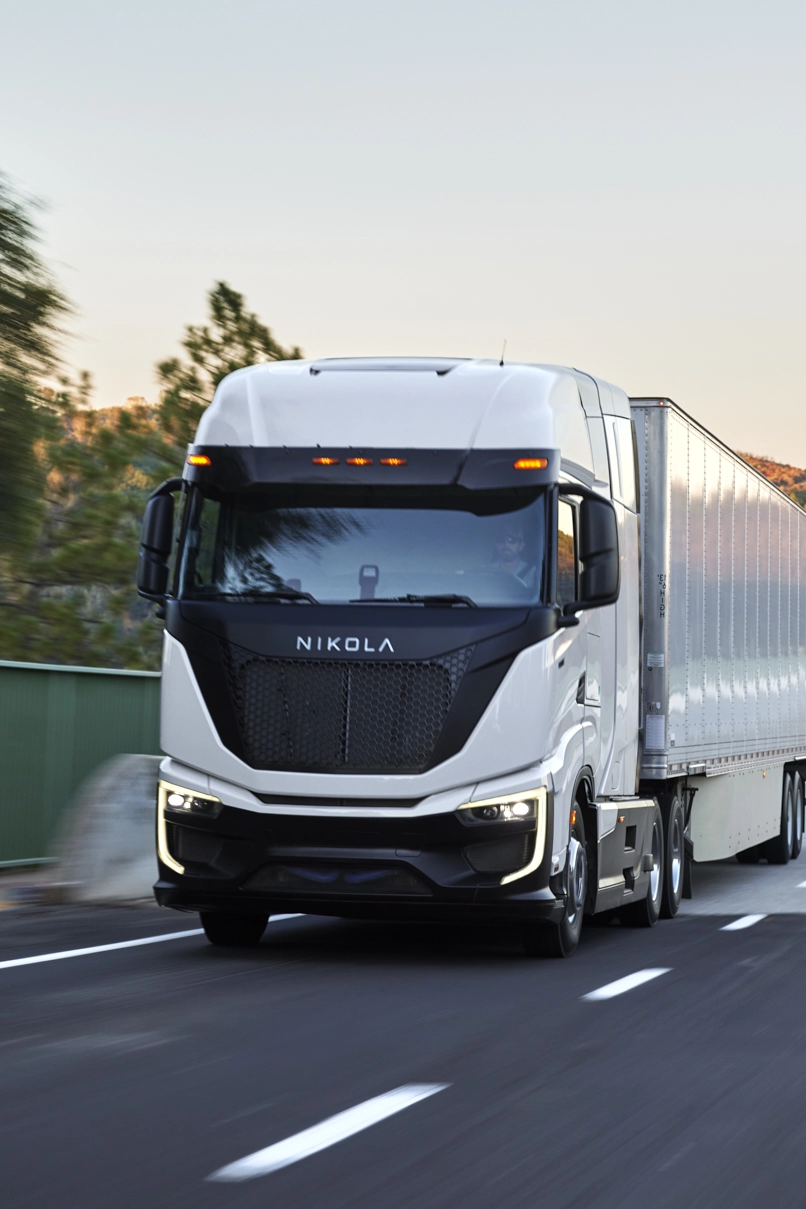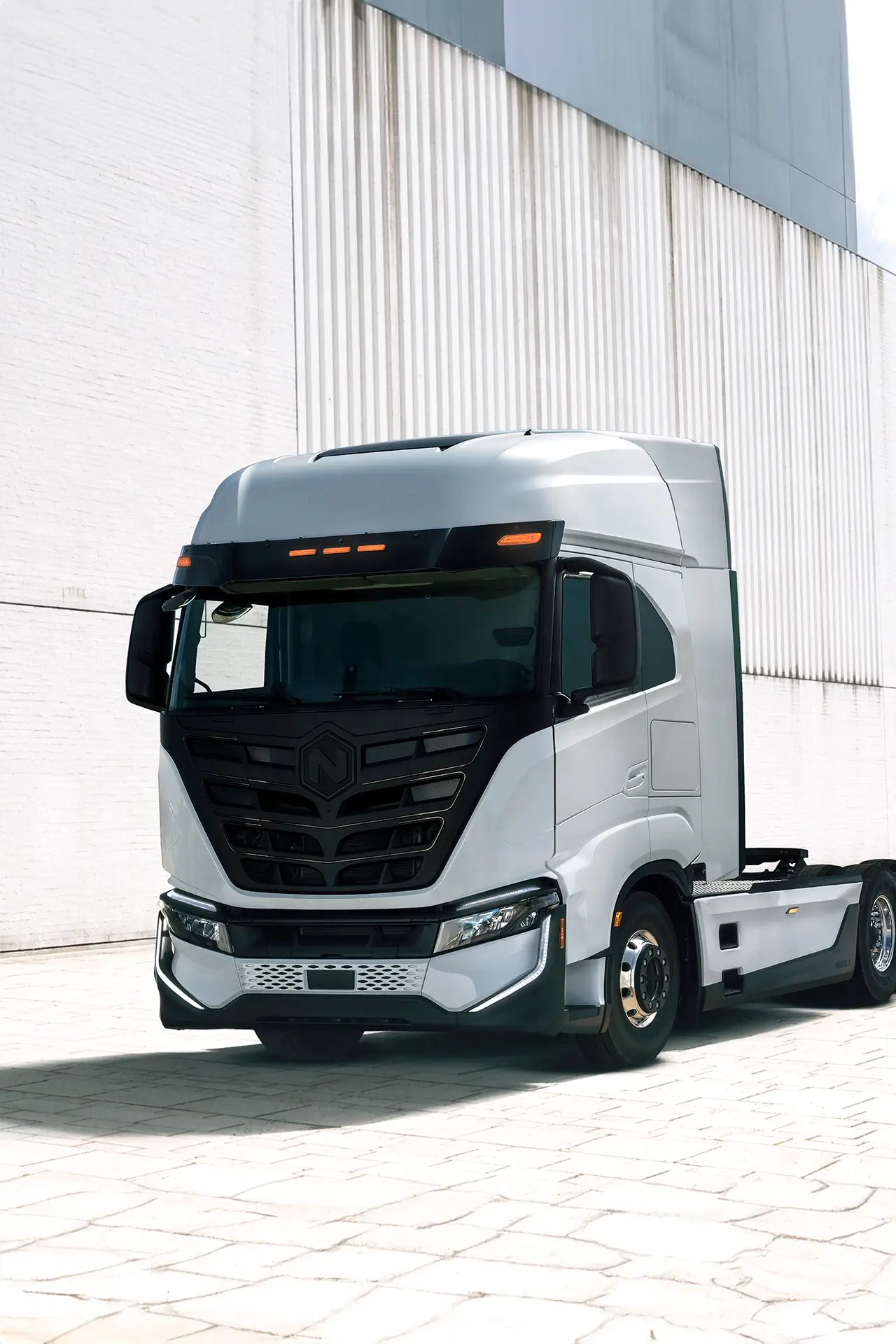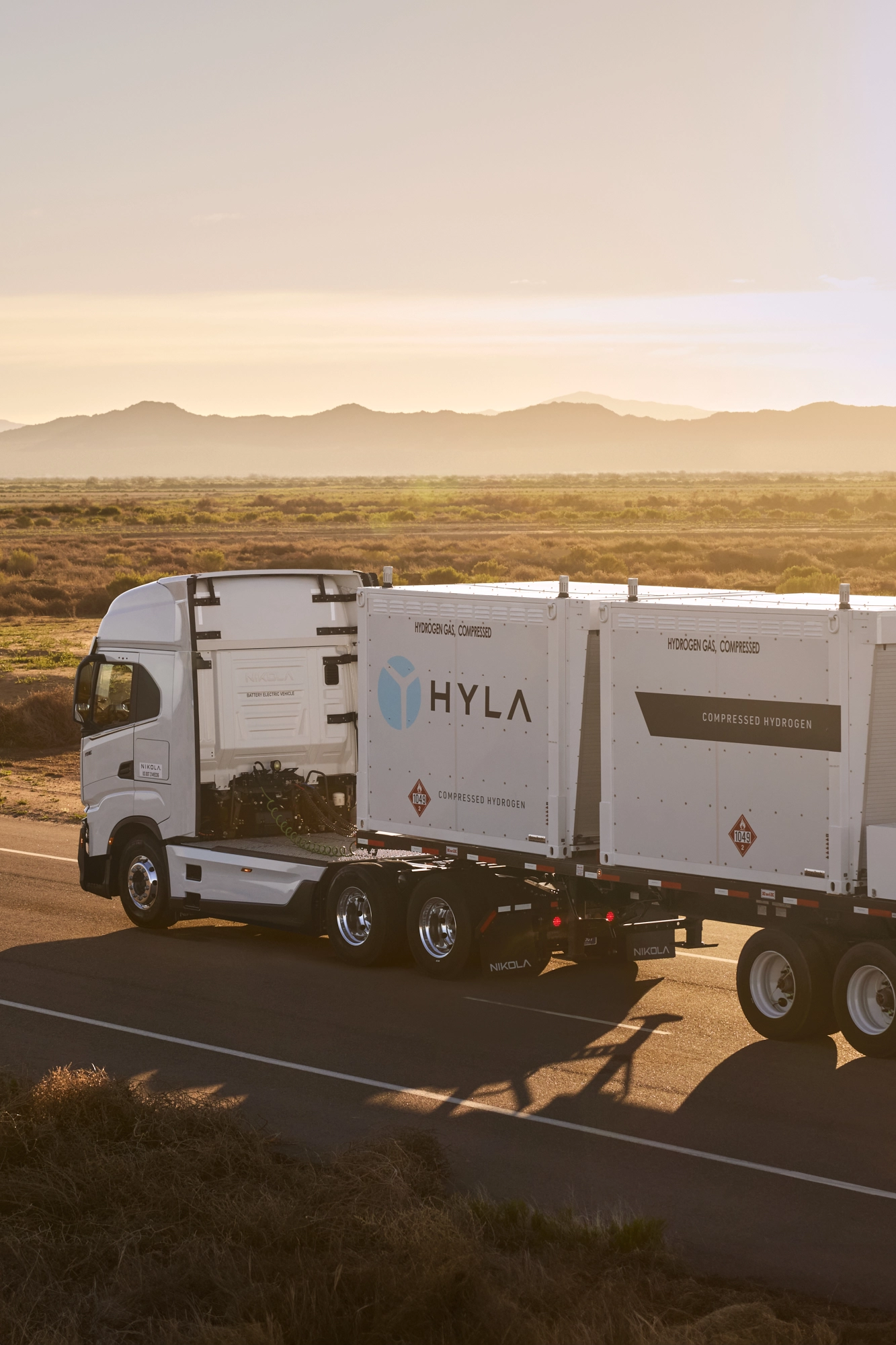Change doesn’t just “happen.” It’s a relentless process – born of curiosity, forged in collaborative exploration, nourished by a passion for discovery.
If you want to do something that’s never been done, you have to go somewhere you’ve never been.

Hydrogen Fuel Cell EV
Nikola hydrogen fuel cell electric vehicle, the only production Class 8 truck on American roads today. Made by and made for those who lead.
Nikola | IMC Logistics
From pilot to purchase: IMC Logistics’ journey to their first 10 Nikola hydrogen fuel cell electric trucks showcases the power of sustainable innovation. Hear from the IMC team as they share why Nikola is the only choice for the hydrogen highway.
Coyote Container Delivery
The Nikola hydrogen fuel cell electric truck is on California roads with Coyote Container. Their founder shares his vision for pursuing the hydrogen economy and how the Nikola hydrogen fuel cell electric truck is making a difference.
HYLA Energy Story
Fueling forward to zero emissions for the future of our planet. #Hydrogen is the most abundant element in the universe, and the options to utilize this #energy source are limitless. We believe hydrogen is the answer to a sustainable future. We’re on a mission to use hydrogen for long-distance, heavy commercial transportation and to provide a complete solution that includes hydrogen fuel production, dispensing, and consumption for all. It’s a win-win for both the future of transportation and the world





